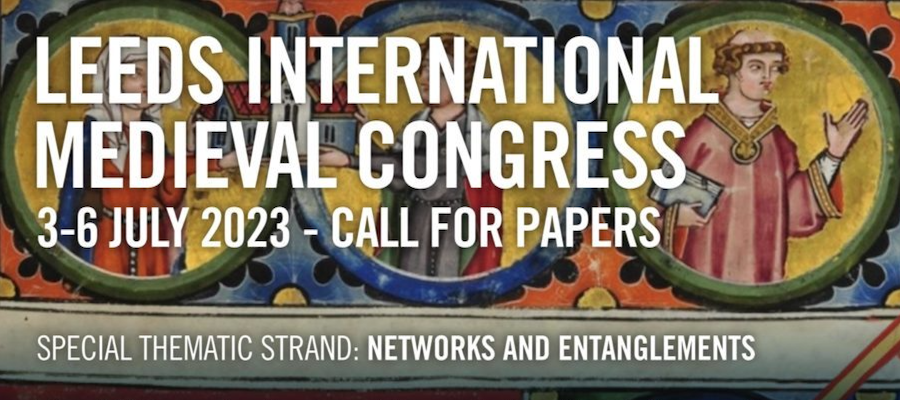The Entanglements Making, Uses & Visualisation of Textiles in Early Medieval Society, 450–1100 CE, session at the 2023 International Medieval Congress, University of Leeds, July 3–6, 2023
This session explores the entangled roles of textiles within early medieval society. Surviving early medieval textiles show that they were made from many fibres and material that all incorporated different meanings utilised by makers and user to send messages. Some, such as silk 'collected' multiple meanings as they were cut up and gifted across cultural and geographical territories, engendering them with enhanced provinces once they reached their final destinations/resting place. Others were used and reused until they were no longer viable pieces of cloth, dismantled or kept as near whole, donated and looked after as precious objects. Even after they ceased to be of practical use, fabrics could be given multiple entangled meanings and continue to be prized. Documentary source tell us how important these ethereal objects were, as forms of wealth, displays of social position, connections and entanglements of power across the secular and religious worlds. Textiles and their multiple meanings were so engrained within early medieval society that riddle and poems often used them metaphorically. This visualisation of textiles within art was not only illustrative but could also demonstrate early medieval views of society and religion for example, skeumorphs gives us insights into cultural displays of contemplation and meaning.
All this evidence demonstrates that textiles and early medieval society were deeply entwined, often bringing much of the then known, and unknown and spiritual together.
This session invites presentations that explore the different and varied entanglements of early medieval textiles. Topics may include but are not limited to:
- The use of fibres and textile construction in making meanings
- The changing uses and resulting meanings of textiles across cultures, and over time and space
- How textiles were used to demonstrate affiliation both secular and religious and their resulting entanglements
- The entanglements and resultant meanings created by textiles that moved across cultural and geographic boundaries
- The transformative and/or transgressional nature of textiles depicted on visual arts
- The symbolism and meanings of textiles in ecclesiastical and secular documents
Session organizers
Alexandra Makin, University of Glasgow
Tracey Davison, University of York
